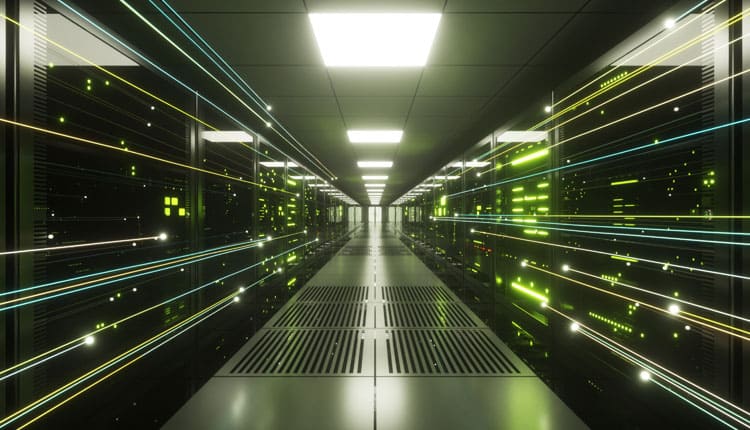By Deepak Pahwa, Managing Director, Bry-Air (Asia)
With a quarter of the world’s population on lockdown, ‘digital’ is the preferred mode of communication. The COVID-19 pandemic induced lockdown has pushed the demand for more and more data centres because of the increased access to internet related services. For the past 15 months, companies from different verticals such as IT services, BFSI, hospitals, telecom, Government offices, even smaller firms have switched to remote working thus, the well-being of the IT infrastructure during this COVID-19 is of utmost importance to keep your communication afloat without interruptions. Companies are working in the zone to adopt cloud-based services where the confidential state data is stored securely.
The Indian data center market is expected to grow at a CAGR of over 12% during the period 2020−2026.
COVID-19 has been a catalyst for growth in demand for third-party data centers services in India, with several recent announcements concentrated towards hyperscaling of these mission critical projects across the country.
With no to less human interaction, the digital chain of communication has become much crucial to sustaining than ever before and hence, the need for these mission critical data centre facilities. However, the deteriorating quality is one of the most significant threats to the growth of digitalization in the country. The downturn is mainly caused due to Airborne Molecular Contamination (AMC) and atmospheric particulates like smoke and dust.
It is a form of chemical contamination generated due to the vapour of gases. These gases are highly corrosive in nature and continuously emanate from nearby pollutant sources which can easily seep into your air-conditioned server rooms data centres/ control rooms, switchgear rooms, process control and signalling/switching rooms. These containment gases along with high humidity affect the operational capability, reliability and longevity of process control equipment. They lead to micro-electronic corrosion and equipment malfunction which further causes downtime losses.
Especially, data centres located in industrial townships like Noida (Delhi NCR), Okhla industrial area (Delhi), Malad (Mumbai), etc. are more prone to gaseous contaminants. Data centres are always prone to corrosion because of the harmful environment created by the infiltration of outdoor particulates and gaseous contaminants but, if the facilities are situated near landfill sites, sewerage/drains, high-density traffic, process industries, etc., the corrosion problem is even worse.
Hence, protecting the data equipment and servers from any potential contamination threat is a vital step in ensuring the protection your Datacom equipment and servers. The ultimate solution to corrosion lies in Gas Phase Filtration, which involves passing the contamination-laden air stream through a bed of dry media placed in a properly designed housing.
DataCenter Air Purifiers (DAP) find their unique usage in big/small server rooms/ data centres and small process control rooms where the indoor environment is affected due to various pollutant sites in proximity. DataCenter Air Purifier (DAP) is an ideal way for the protection of data centres. It is uniquely designed to keep the corrosive gases away from damaging the hardware by effectively removing the airborne gaseous through the process of adsorption and chemisorption. This helps in protecting the data centres from the threat of electronic corrosion and abrupt failures.
Along with Gas Phase Filtration solutions, Compact Dehumidifer – moisture control solutions are a blessing for the Data Centre operators preventing them from the hassle of condensation and uncontrolled humidity. The compact in size, easy to install, little giant of industrial de-humidification is the ideal solution for server rooms and data centres.
This wind of change needs robust IT infrastructure and investments in Data Centres. They should run continuously, 24×7 without failure. Any outage/disturbance could result in a huge loss. Data centres generate a lot of heat. Thus, Data centres consume a tremendous amount of energy for cooling the environment in addition to basic power to run the Data Centre server. Hence, we need energy-efficient equipment to maintain the Data Centres




